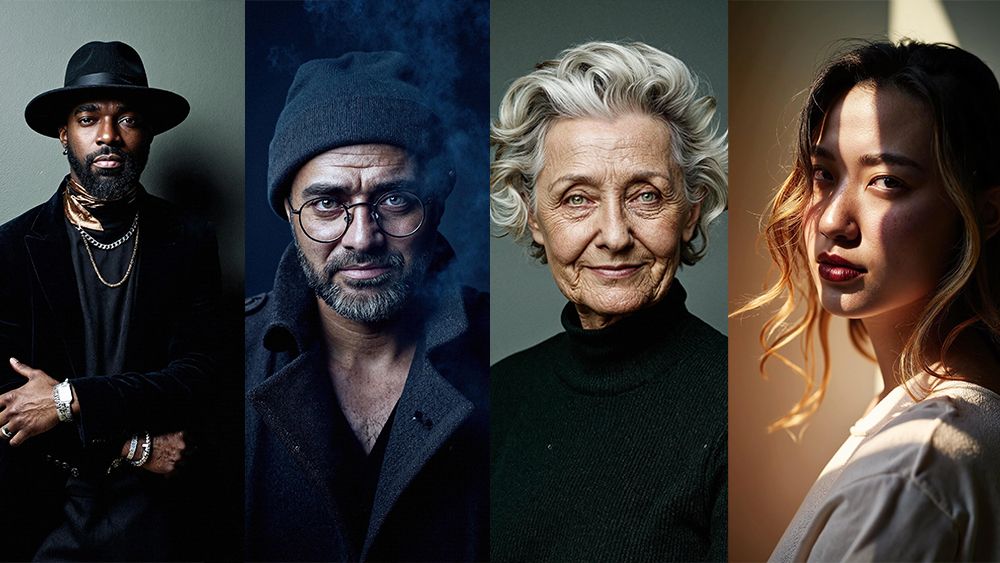After another 12 months of breakneck developments in AI, we’ve reached that moment in the year where we traditionally pause and ask: what just happened? Only two years ago we wrote about how AI was changing photography with the explosion of AI image generators. Then last year, we saw AI become mainstream and start to change photographers’ workflows.
In 2024, these developments continued. AI image generators got better and more AI tools came to photo editing software. We saw some attempts to introduce transparency for the new medium but also potential challenges for photographers.
Here I’ll recap the main developments in AI in photography in 2024 and consider where things might go next…
That looks like AI… or does it?
Feel the difference between using Flux with Lora(from XLab) and with no Lora. Skin, Hair, Wrinkles. No Comfy, pure CLI. from r/StableDiffusion
By the end of 2023, some of the best AI image generators could already generate images that could sometimes be hard to distinguish from photographs. Things took another huge leap forward in 2024.
With Black Forest Labs’ Flux, people have been generating highly realistic results made possible through the use of fine-tuning scripts called LoRAs (Low-Rank Adaptations) – additional custom weights that can provide extra detail. Enthusiasts tinkering with open-source Flux on their own computers began developing their own LoRAs to achieve specific styles – for example, hyperrealistic portraits (see below).
There are still giveaways like nonsense text and sometimes strange anatomy or lighting, but we’re getting closer to a world where the camera is no longer the only way to produce an image that looks like reality.
Flux Dramatic portrait V1 from r/StableDiffusion
Things will surely advance further in 2025. Interestingly, some developers continue to refer to ‘photoreal’ as the holy grail to aim for. Google plugged its Imagen 3 by demonstrating its ability to generate vintage-looking “Polaroids”. But there’s also a sense that AI has almost mastered still images and that video is the next frontier.
Google is testing an update its Veo generative video platform that gives the software the ability to “understand the unique language of cinematography” and replicate specific lenses. Meanwhile, Midjourney has even greater ambitions, planning to expand into the generation of 3D VR worlds.
